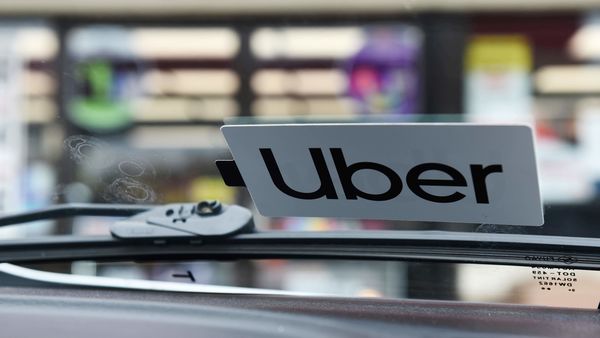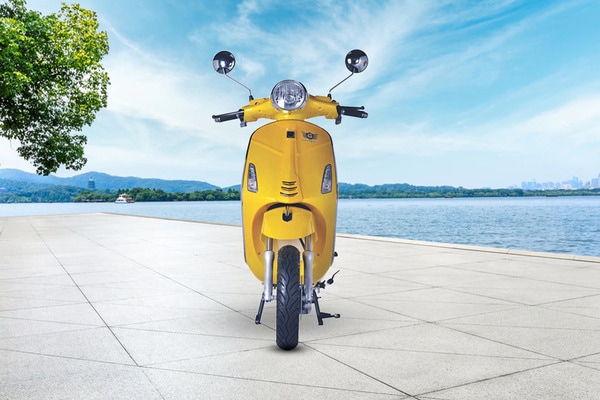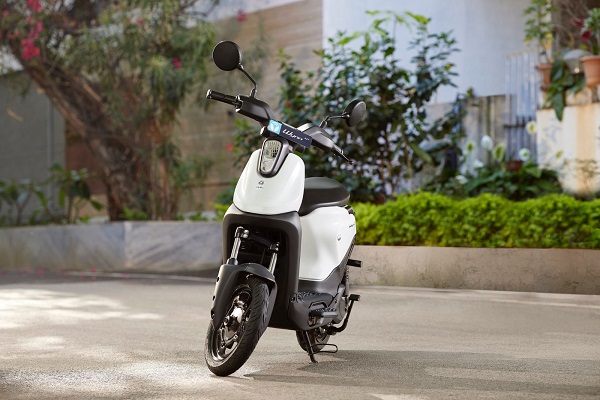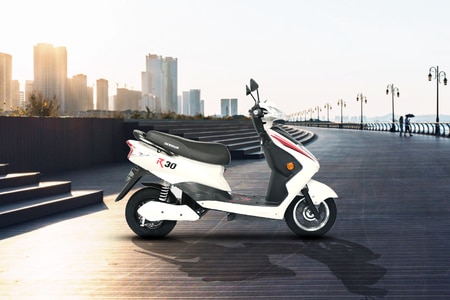Uber narrows loss after dumping several money-losing assets


Uber Technologies Inc. narrowed its loss in the fourth quarter, riding a wave of deals that shed some of its more fanciful pursuits and added revenue-generating delivery businesses.
It turns out that autonomous vehicles and flying cars weren’t helping Uber achieve its goal of a quarterly profit before interest, taxes and other expenses by the end of this year. In the fourth quarter, when it sold those two business units to startups in exchange for equity, Uber posted an adjusted loss of $454 million, beating an average of analysts’ estimates compiled by Bloomberg. Revenue declined to $3.17 billion, falling short of estimates.
Also check these Vehicles
In its quarterly results released Wednesday, the San Francisco-based company said it’s still on track to turn an adjusted profit some time this year. And it disclosed yet another asset sale, confirming a Bloomberg report in September that it was selling part of its stake in the Chinese ride-hailing company Didi Chuxing. Uber said it sold $207 million of the shares and has an agreement to sell $293 million more.
Also Read : Can ride-hailing apps make a resounding comeback in 2021 after a torrid 2020?
Before the coronavirus pandemic upended Uber, the company had Amazon.com Inc.-sized ambitions. Cratering demand for Uber’s main product -- rides -- forced Chief Executive Officer Dara Khosrowshahi to sell off or abandon pricey initiatives and reduce spending. His strategy relies on two businesses: delivery and transportation.
As the pandemic drags on, delivery is the star. The unit continued its surge, with 130% growth in the fourth quarter to $10.05 billion in gross bookings. Analysts expected $9.77 billion.


Amid all the cost trimming, delivery is one area Uber has invested heavily. It finalized the $2.65 billion purchase of food delivery company Postmates late last year and agreed to acquire booze delivery provider Drizly Inc. for $1.1 billion. The latter acquisition complements Uber’s food business and will drive growth, JMP Securities analyst Ron Josey wrote in a report this month. Morgan Stanley noted the opportunities to expand the service internationally and sign advertising deals.
Also Read : Alcohol and driving don’t mix unless you’re Uber
In rides, Uber saw demand rebound unevenly in different regions. Mobility gross bookings were down by half to $6.79 billion in the fourth quarter compared with last year but have been inching up since the darkest days of the pandemic. The performance fell short of analysts’ expectations.
One closely watched metric -- the number of customers who use the platform each month -- dipped 16% to 93 million in the fourth quarter, better than Wall Street estimates.
Uber ended the year with $5.6 billion in cash, more than expected, but only about half of what the company had at the end of 2019.








 65 km/charge
65 km/charge


 1.536 kWh
1.536 kWh












